High-quality revenue is also profit-producing. High-quality revenue streams tend to have higher margins, and the business earns more profit for each unit of revenue. But not all revenue has the same profitability. Some clients require more work than others, even if the service is the same. Some products are more expensive to produce, even if they generate more revenue.
Offering premium products and services that deliver more value than competitors in the market is one path to profitable revenue. There may be a higher price tag, but the added or perceived added value increases the margin. Examples of this occur in luxury goods, high-end services or specialized products that cater to a specific need. Intellectual property, such as patents, trademarks and copyrights, is another source of high-margin revenue. By licensing or selling intellectual property, businesses can generate income without incurring the costs of production or distribution.
Just because revenue is a high margin, it does not guarantee profitability. The cost of acquiring and retaining customers, the level of competition and the overall scale of the business will impact the profitability of a particular revenue stream.



